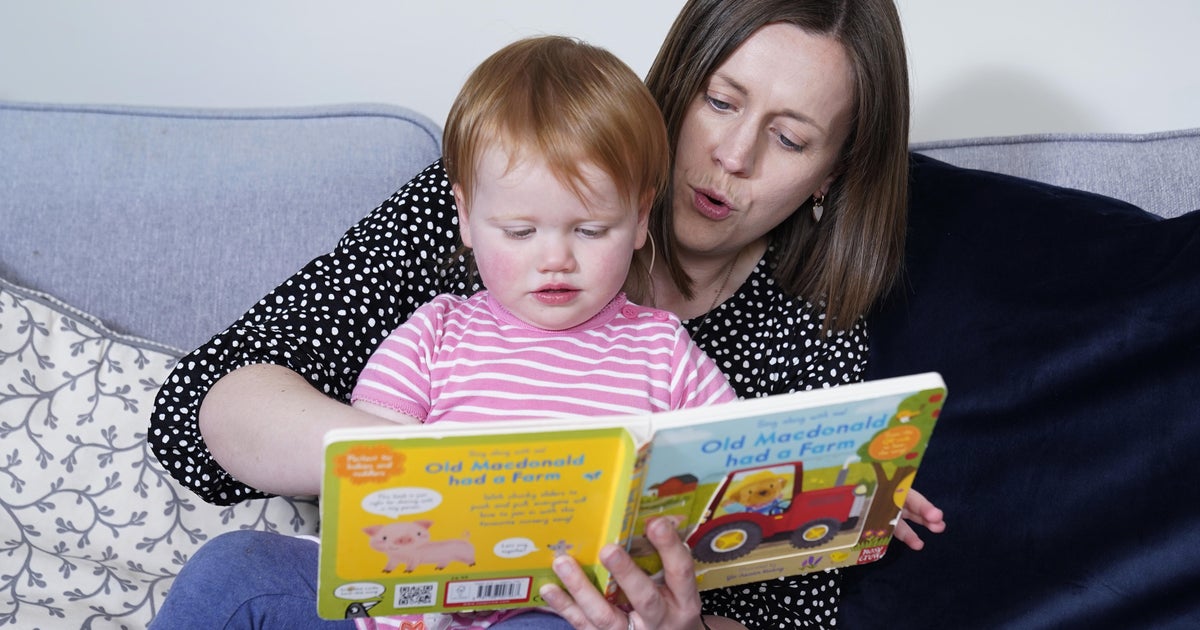Dec. 31—There’s no shortage of challenging questions facing Alaska state officials in the coming year, like how to keep critical offices fully staffed, how to fill a looming shortfall in natural gas supply to large parts of the state, or how to pay for critical services while contending with dwindling oil revenue.
But election years also mean tough decisions are even harder to make for Alaska’s lawmakers — 50 of whom will be up for reelection in 2024. Lawmakers know that their votes on controversial bills, like ones reshaping Alaska’s Permanent Fund dividend or introducing new taxes, can be used against them by political opponents once campaign season kicks in. And with a bipartisan coalition in the Senate consistently at odds with a Republican-dominated majority in the House, 2024 legislative races could have significant implications for the future balance of power.
“We’re now in an election year. I don’t know how much momentum is going to occur this year,” Republican Gov. Mike Dunleavy said in December when asked about a sales tax proposal he promised earlier in 2023 but never delivered. A lack of momentum could stall progress on a lot of the tough issues facing the state, but that doesn’t make them any less urgent.
Here are a few of the top statewide political stories to follow in the months to come.
School funding
2023 was the year when Alaska educators’ calls for an increase to public school funding reached a new pitch. The funding formula hasn’t changed significantly since 2017. In hearing after hearing, they spoke about the impacts of leaving the funding formula as-is, including bigger class sizes, fewer counselors, closed swimming pools, and shut-down enrichment programs.
The bipartisan Senate majority passed a bill in the 2023 session to increase the Base Student Allocation, or BSA, by more than 10%, from $5,960 to $6,640. The boost would have amounted to an estimated $175 million increase to the state’s education budget.
When the Republican-dominated House majority couldn’t agree to the Senate plan, the chambers compromised by putting the funding outside the formula, making it a one-time appropriation. Dunleavy then vetoed half that funding — leaving more than $87 million outside of this year’s budget.
[Alaska education commissioner says she no longer supports boost to school funding formula]
Alaskans can expect this issue to come roaring back when lawmakers reconvene in 2024. Educators say that with federal pandemic relief exhausted, a boost to the state’s formula is all the more necessary. Opponents of the boost — which include current House Education Committee Co-Chair Jamie Allard, R-Eagle River — have called instead for more state funding to go toward home-schooled kids.
Dunleavy’s budget draft — released in mid-December — didn’t include a formula change, but the Senate majority has already signaled that it would remain a priority for them. Whether enough House members agree will be the pivotal question. The 2023 legislative session ended with the House majority in disarray, and its Republican leaders promising to look inward for a clearer set of priorities. Education policy will likely be a barometer of their efforts.
PFD uncertainty
Dunleavy’s Permanent Fund dividend proposal would give out more than $3,000 to every eligible Alaskan, and leave the state insolvent within two years, by his own administration’s calculation.
The statute that Dunleavy used for his calculation has not been followed since 2016, but legislators have yet to agree on a long-term solution. Election years invariably make it difficult for lawmakers to agree on politically difficult topics, and disagreements on the issue are again likely in the legislative session and subsequent campaigns.
The bipartisan Senate majority passed a 75-25 dividend formula bill in May, which would use three-quarters of annual investment earnings from the Permanent Fund for state services and one quarter for the dividend. The size of the dividend — at roughly $1,300 in 2023 — could increase, but only with substantial new state revenue measures.
[One year and $250,000 later, Alaska’s new spending database has not been launched]
The Republican-led House indicated support for a formula that would result in a dividend twice the size of the Senate’s. The House formula would be more affordable than the current statute, but still leave the state unable to increase its spending on services like education and on track to run out of savings within a few years.
A House fiscal plan had a new PFD formula, a tighter legislative spending cap and a state sales tax combined with a corporate income tax reduction. The plan collapsed in the final days of the legislative session.
After much debate, Alaskans received a $1,312 PFD in 2023. If oil prices meet recent projections, a separate $500 check could be paid in 2024 on top of the annual dividend.
Staffing shortages
Last year brought losses in Alaska’s government services because of labor shortages. A lack of staffing had wide-ranging impacts: It left Alaskans hungry; indigent defendants with limited access to legal representation; incapacitated Alaskans without the services on which they depend to meet their basic needs; coastal residents with reduced ferry service; and state government workers with incorrect or delayed paychecks.
Staffing shortages are affecting state offices and departments across the board, but the solutions so far have been piecemeal — a hiring bonus here, a temporary private contract there — with limited impacts. But a broader solution could be on the table in the coming months.
The Alaska Senate majority proposed a revamped public pension program during the 2023 legislative session, which could gain traction in 2024, especially if the impacts of staffing shortages continue to be felt. Watch for pushback from conservative lawmakers in the House who fear Alaska won’t be able to afford the pension program.
Alaska did away with its previous, more generous “defined benefits” retirement plan in 2006, after mismanagement by an external firm saddled the state with millions in unfunded liability. It was replaced with a “defined contribution” plan that has left many state workers with insufficient funds to retire, and less incentive to remain in Alaska long-term.
[Spending proposal offers new positions, but won’t be enough to resolve Alaska’s public guardian shortage]
The future of ranked choice voting
Undeterred by repeated allegations that they had violated the state’s campaign ethics laws, the group called Alaskans for Honest Elections is in the last weeks of its fraught attempt to gather at least 26,000 signatures from across the state to put a question on the 2024 ballot.
The group is seeking to repeal Alaska’s open primaries and ranked choice general elections — which were adopted by ballot measure in 2020. The group must submit the signatures by Feb. 7, at which point the state will determine whether they have met the criteria to put the question to Alaska voters.
If the question gets certified on the ballot, expect to see more money poured into campaigns both for and against ranked choice voting. The anti-RCV ballot group has so far raised less than $150,000 — most of it coming from an Anchorage insurance broker who funneled his donation through a tax-exempt church. The pro-RCV group, Alaskans for Better Elections, has already kick-started its fundraising to counter the repeal efforts, reporting more than $100,000 in 2023.
There is no shortage of national groups that could spend money on both sides of the issue. Five Republican-led states have banned ranked choice voting since Alaska adopted the system, and conservative groups like the Honest Elections Project and the Heritage Foundation have been investing in messaging opposing the system nationwide.
In the Legislature, a last-minute effort to repeal the voting system through a bill proposed by conservative Rep. Sarah Vance, R-Homer, didn’t go anywhere in 2023. The results will likely be the same in 2024.
Regardless of the ballot group’s efforts in putting the question to voters, Alaska’s 2024 elections will be held using open primaries and ranked choice voting.
That means that for the first time, Alaskans will choose their candidate for U.S. president using ranked choice voting. It also means that Democratic U.S. Rep. Mary Peltola — the only statewide candidate up for reelection in 2024 — could face a similar race to the 2022 elections that made her the first Alaska Native to hold the state’s lone U.S. House seat.
As it stands, Peltola is up against two familiar Republicans in the race — businessman Nick Begich, and Lt. Gov. Nancy Dahlstrom. In 2022, feuding between Begich and then-candidate former Gov. Sarah Palin was one factor that propelled Peltola to victory. This time, will the two Republicans in the race come up with a strategy to avoid partisan bickering?
Railbelt energy issues
With looming shortages of Cook Inlet natural gas, lawmakers say a top priority will be determining how to power Alaska’s Railbelt.
In October, Dunleavy previewed legislation he plans to introduce to give royalty relief to natural gas producers to incentivize more production, but the idea has been met with some skepticism among key policymakers. A royalty-free oil and gas Cook Inlet lease sale in December drew a lackluster response.
[Gov. Dunleavy’s budget draft has hundreds of new funding proposals. Here are a few.]
During another projected shortfall of Cook Inlet gas over a decade ago, the Legislature approved subsidies for natural gas production. One public interest group estimated those subsidies cost the state over $2 billion between 2007 and 2022.
Without a certain source of natural gas, representatives from the Railbelt electrical utilities and Enstar have said importing LNG would likely be the best option — at least temporarily.
Another factor facing lawmakers is the antiquated Railbelt electrical grid. In November, the federal government announced that Alaska had received a $206 million grant to upgrade and modernize the grid. But the state has to match those funds dollar-for-dollar.
Dunleavy administration officials said in December that they’re working on a plan to capture those funds over several years.
An upgraded grid is expected to allow better integration of renewable energy sources, which currently account for around 20% of Railbelt power generation.
Carbon sequestration and storage
The governor introduced two bills at the start of 2023 to monetize carbon dioxide. One of the governor’s bills would create a regulatory framework to store carbon deep underground. The other would create a carbon offset credits program on state forested land.
The Legislature passed the carbon-offsets bill in May. The Department of Natural Resources is finalizing a regulation package, which is expected to be ready by mid-2024. State officials are then set to see what level of investment interest there is in worldwide carbon markets.
In his annual address to the Legislature in January 2023, Dunleavy touted carbon dioxide as a potential billion-dollar source of revenue for the state, a claim he repeated at his budget rollout. But it remains unclear how much revenue carbon credits and sequestration could raise — and when.
When lawmakers reconvene in Juneau, they will consider whether to advance the carbon sequestration bill, which did not pass either chamber in 2023.
In December, members of the Dunleavy administration traveled with a handful of lawmakers to North Dakota to see an operating carbon capture and injection site. Anchorage Democratic Sen. Bill Wielechowski, a member of the Senate Resources Committee, said it was “fascinating” to see what was happening in North Dakota.

Amanda Smith is a dedicated U.S. correspondent with a passion for uncovering the stories that shape the nation. With a background in political science, she provides in-depth analysis and insightful commentary on domestic affairs, ensuring readers are well-informed about the latest developments across the United States.







